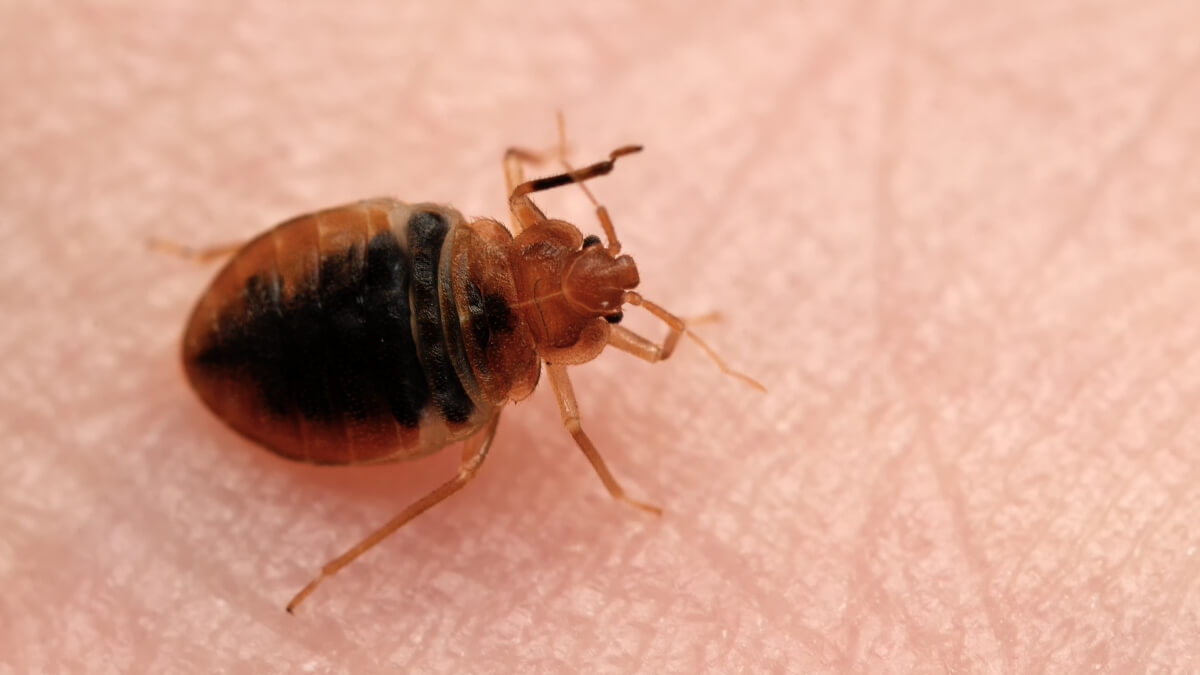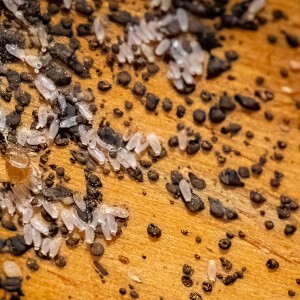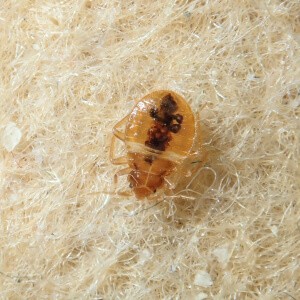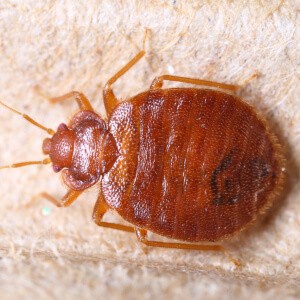The Life Cycle of Bed Bugs

Bed bugs are possibly one of the most persistent and difficult to eradicate types of pests in Australia. In fact, a bed bug infestation could be physically, as well as psychologically harmful to you and your loved ones. This is why it is so important to be able to identify the signs of an infestation early and get assistance in a timely manner. Read below to find out more about the bed bugs’ life cycle, their appearance at each corresponding stage, as well as their eating and breeding habits.
A bed bug’s life cycle
Bed bugs are nocturnal, reddish-brown insects with flat bodies. They tend to hide in mattresses and beddings, under wallpapers and wall hangings, between cushions, in folds of curtains, etc. Bed bugs feed on human and animal blood, and generally live for four to six months. In some cases, under the right conditions, they can live up to a year.
So, what is the life cycle of a bed bug? There are seven stages in the bed bug life cycle timelines as follows:
Egg stage

First, we are going to look closer into the life cycle of bed bug eggs, which is where it all starts.
A female bed bug can lay between 250-500 eggs in her lifetime.
Given the significant amount, it is understandable why these insects are so difficult to get rid of. Within a short period of time, you can end up having to deal with a huge infestation.
Bed bug eggs are miniscule, up to 1mm in size, which makes them almost invisible to the human eye.
They are pearl-white and grain-like in shape.
The eggs hatch in six to ten days and are laid singly or in clusters, usually where the infestation is most severe.
Nymph stages

Next up in the bed bug life cycle, we have the nymph stages. There are five nymph stages in total.
In the first nymph stage, the bed bugs are around 1,5 mm in length. They are already feeding but do not breed, as at this early stage of their development bed bugs have not fully matured.
In the second nymph stage, bed bugs are already 2 mm in length and have gone through their first moulting process. They continue to grow and, after their next moulting, they reach their third nymph stage, in which they are around 2,5 mm long.
At the fourth stage, they reach 3 mm.
Finally, in their fifth nymph stage, the insects reach 3,5 mm in length and are ready to become adults real soon.
Adult stage

The final stage of a bed bug’s days is the adult one. After about five weeks of the nymph stages, the insects reach maturity.
At that point, bed bugs are fully grown and ready to breed and spread.
When not fed recently, adult bed bugs are about 5-7 mm in size with rusty brown, long and flat bodies. The bodies also have an oval shape.
When recently fed, the insects’ bodies can significantly change. They actually become longer and balloon-like in the lower part, as a result of the insects filling up on blood as they feed.
The colour of the adult bed bugs is red-brown. They have wings, although unable to fly, and antennas, as well as short hairs on their bodies.
How long do bed bugs live?
We mentioned earlier that, in general, bed bugs live around four to six months. However, given the right climate (temperature and humidity) and if not fed, bed bugs can live longer, up to a full year, and in some cases even more. They can also survive longer in their late nymph stages rather than the early ones - in the right conditions, they can live on for a few weeks without feeding.
Where do bed bugs live?
A key to quickly getting rid of a bed bug infestation is to catch it early on. As we already learned, an adult female bed bug can lay between two and five eggs a day, or 250-500 eggs for its entire life cycle. You can imagine how quickly things could get ugly and way more difficult to deal with.
By the time you notice any physical harm, such as bed bug bites or allergies, it could be a bit too late. Bear in mind that bed bug bites could look a lot like bites from other insects, such as mosquitos, fleas, or spiders.
Therefore, bites are not a trustworthy sign of a bed bug’s presence in the house. What you can do as a form of precaution is to regularly inspect the most probable places where bed bugs may hide. Some of the most common areas you can keep an eye on include:
- the bed frame and headboard;
- bed mattresses and beddings;
- under loose wallpaper and wall hangings;
- in electrical receptacles and appliances;
- drawer joints;
- all kinds of furniture, such as sofas, chairs, armchairs;
- suitcases.
We recommend that you always carefully review these places while cleaning, changing your bedsheets, and vacuuming. Make sure to do these inspections not only at home but also when staying in hotels and other temporary residential establishments.
What do bed bugs like to eat?
There are different kinds of bed bugs and all of them feed exclusively on blood. Cimex lectularius and Cimex hemipterus are the two main types in Australia and they feed predominantly on human blood.
Cimex adjunctus, on the other hand, also known as bat bugs, feed on bats as suggested by their name. Unsurprisingly, they like to hide close to their food source. In residential areas, bat bugs could invade attics, but only if bats like to hide there. The good news is that these species cannot survive without their host and are also most commonly found in North America.
When it comes to bed bugs, though, there is a chance to get in contact with them in unexpected places, like the bus and metro, and easily bring them home with you, as they can be transported through luggage.
Once they enter your home, they find a suitable place to hide. After the female bed bugs have eaten, they start reproducing. Bed bugs can go unnoticed for a few months, by which time you would probably have a very serious issue.
So, to sum things up…
- Bed bugs are not only unpleasant to have around, but also quite persistent. They breed extremely fast and can go unnoticed for far too long.
- In addition to nasty bites on your legs and other parts of the body, there is also the stress and discomfort of knowing that they are in the house. This could lead to lack of sleep, nervousness, and the uneasy feeling that they are constantly crawling on and around you.
- It can also be very challenging to treat them alone, as they are small, persistent, and hide very well. In addition, if not adequately used, pesticides could be potentially harmful to pets and even humans.
Therefore, we recommend that you trust and get in touch with a professional pest control company for inspection and subsequent bed bug treatment.